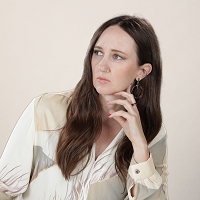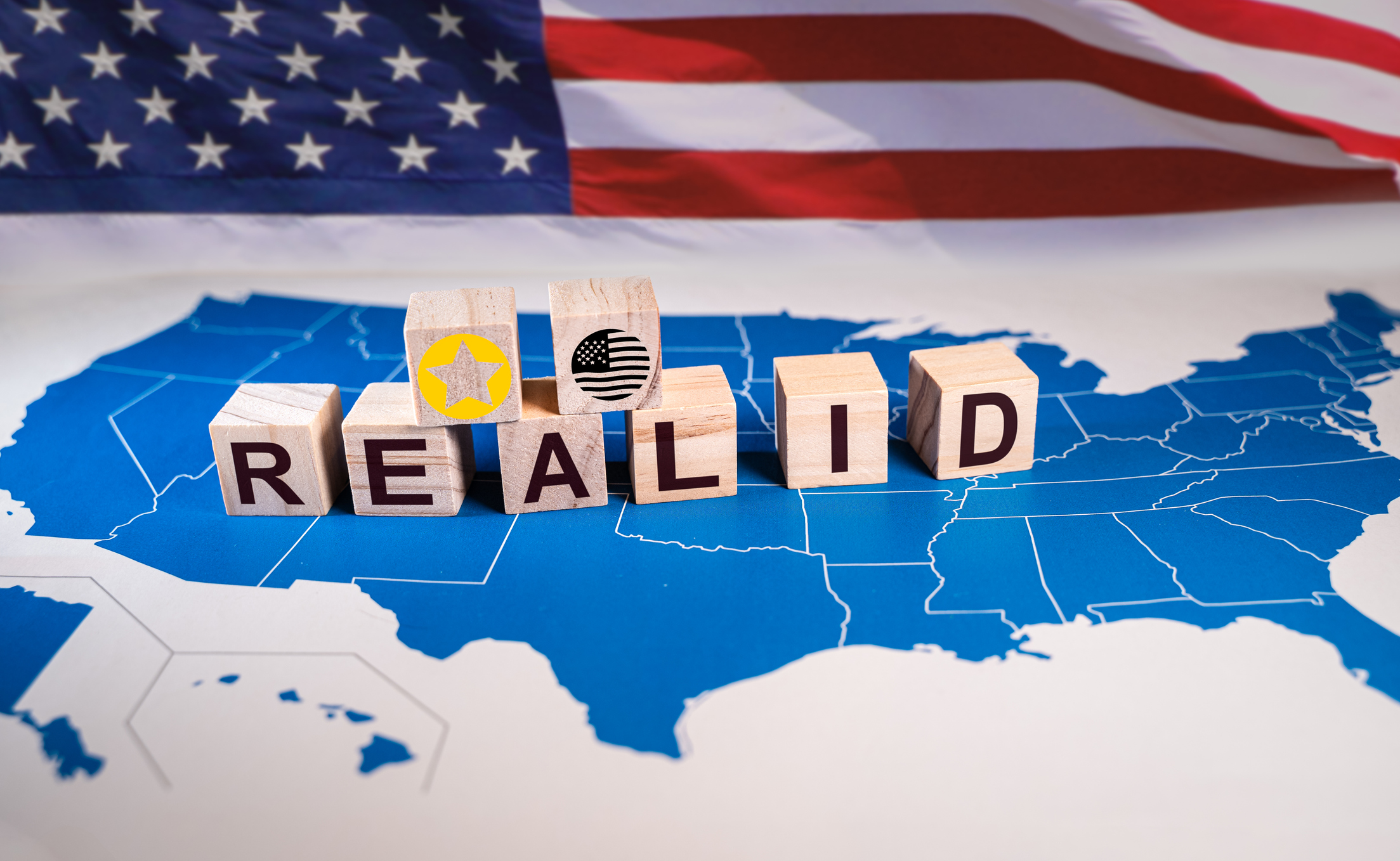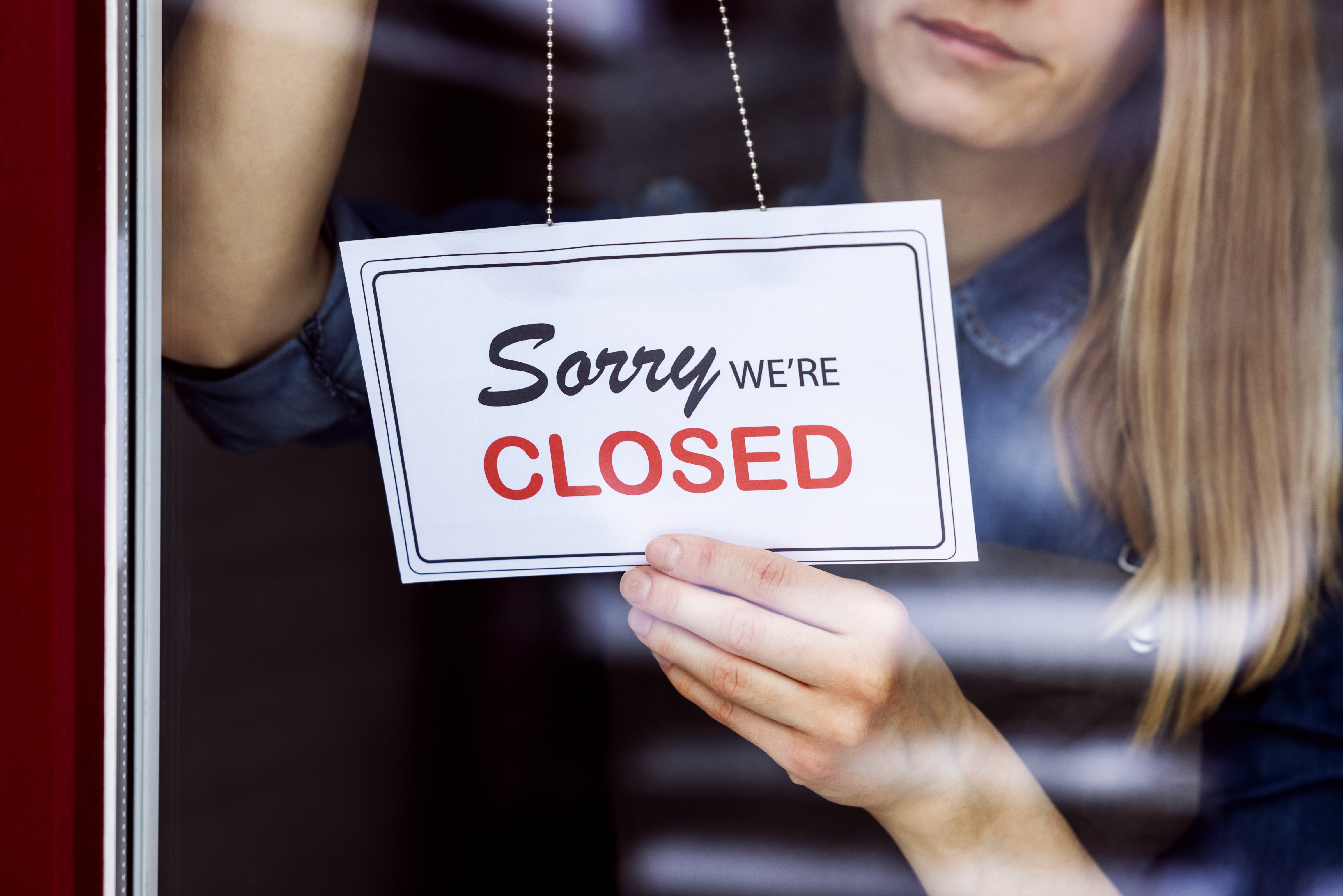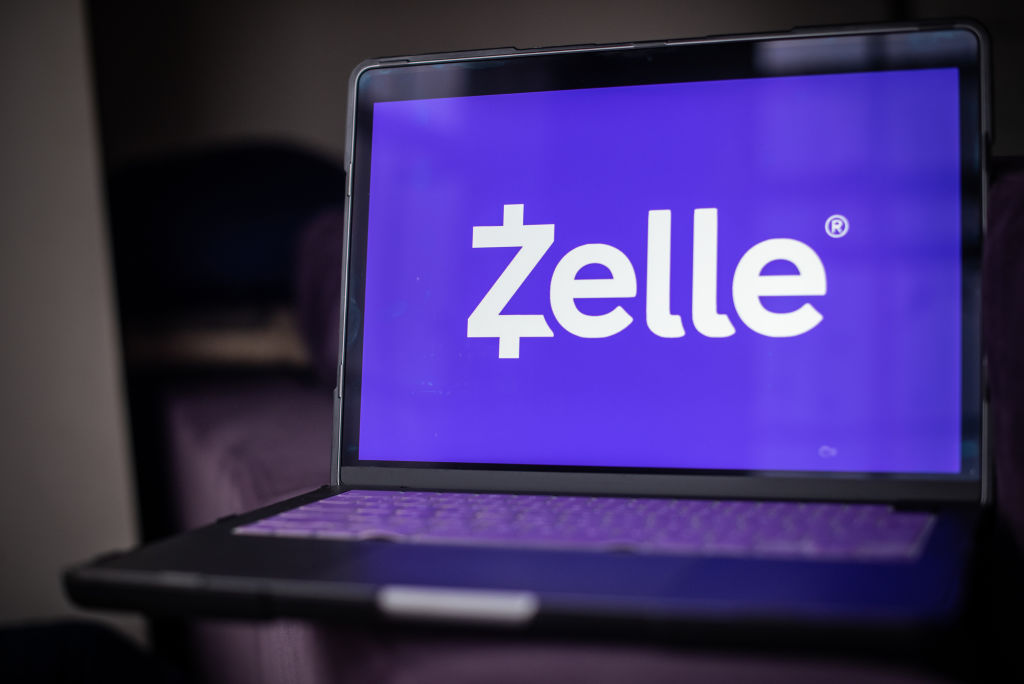Is Leasing a Car Cheaper Than Buying? Know the Costs
Understanding the options between buying and leasing a car can save you money.


Buying a new car is far more expensive than it was just a few years ago. In August 2024, the average price for a new car was $47,870, down 1.7% from August 2023, but still up significantly from four years earlier, when prices where in the upper $38,000s, according to automotive-research company Kelley Blue Book.
And according to Edmunds, an online resource for car shoppers, the average new-car loan came with a 7.1% interest rate, a 68.8-month payment term (almost six years) and a whopping $736 monthly payment.
By comparison, the average payment for a new lease was $595 in early 2024, according to credit-reporting company Experian. And leasing is on the rise this year, with about 24% of new cars leased in early 2024, compared with 19% in early 2023.

Sign up for Kiplinger’s Free E-Newsletters
Profit and prosper with the best of expert advice on investing, taxes, retirement, personal finance and more - straight to your e-mail.
Profit and prosper with the best of expert advice - straight to your e-mail.
Weighing the costs of buying vs leasing a car
On its face, leasing looks more affordable than buying because the monthly payments are usually lower. Let’s say, for example, you want to drive a Honda CR-V, the most-leased car in the first quarter of 2024, according to Experian. With a sticker price near $33,000, the lease payment would be about $500 for three years. By comparison, if you get a 60-month loan to purchase the same car, with no down payment and a 7.84% interest rate, your monthly payment would be more than $700.
Yet, in the long term, leasing is more expensive than buying for one simple reason: As long as you lease, your car payments never end. On top of that, leasing is mostly limited to new (or sometimes gently used) cars, which aren’t exactly budget-friendly. In 2023, drivers had only 10 new-car models to choose from that were priced at $25,000 or less.
Plus, with a lease, you have to repair excess wear and tear before returning the car and pay a disposition fee (which covers the cost of reconditioning the car) of about $350. If you drive more than a certain number of miles per year set by the dealership — often 10,000 to 15,000 — you may also face penalties of 15 to 30 cents per mile above the limit.
When is leasing a better choice than buying?
If you love to drive the latest car models and know you’ll be trading up every few years, leasing is usually the way to go — as long as you’re OK with a never-ending monthly payment.
Additionally, if you’re in the market for an all-electric vehicle or a plug-in hybrid, you may want to lease. Leased vehicles have broader eligibility than purchases for a federal clean-vehicle tax credit (up to $7,500), since leased EVs and plug-in hybrids are classified as commercial vehicles. This helps them qualify without the income, pricing or sourcing questions that arise if you buy the car instead. (For more, see “Is a Hybrid Car Right for You?”)
How to lower the purchase price of a car
The best way to make a car purchase more affordable is to get a used car. For example, you can buy a new Toyota RAV4 — which was recently the most popular SUV, according to Kelley Blue Book — starting at about $28,600. If you buy a used 2020 model instead, you’ll pay about $21,700.
To bring down the purchase price even further — and to get better fuel economy, reducing how much you pay for gas — go for a smaller car. Some of the safest used cars are small, according to the Insurance Institute for Highway Safety (IIHS), including Toyota Corollas and Honda Civics.
If you plan to get a loan, shop among local banks and credit unions — they typically offer more competitive interest rates than dealers.
Note: This item first appeared in Kiplinger Personal Finance Magazine, a monthly, trustworthy source of advice and guidance. Subscribe to help you make more money and keep more of the money you make here.
Related Content
Get Kiplinger Today newsletter — free
Profit and prosper with the best of Kiplinger's advice on investing, taxes, retirement, personal finance and much more. Delivered daily. Enter your email in the box and click Sign Me Up.

Sarah Brady has covered personal and business finance since 2017. Prior to that, Sarah worked as an NFCC-Certified Credit Counselor, a HUD-Certified Housing Counselor, and taught financial education workshops for the San Francisco Mayor's Office of Housing affordable homebuyer programs.
In addition to Kiplinger, Sarah has also written for CNN Underscored, Forbes Advisor, USA Today Blueprint, Fortune, Investopedia, Experian and more.
-
 What Is the Buffett Indicator?
What Is the Buffett Indicator?"It is better to be roughly right than precisely wrong," writes Carveth Read in "Logic: Deductive and Inductive." That's the premise of the Buffett Indicator.
By Charles Lewis Sizemore, CFA Published
-
 This One Area of Americans' Retirement Readiness Gets a Bad Grade
This One Area of Americans' Retirement Readiness Gets a Bad GradeMillions of Americans score poorly on retirement readiness due to this Achilles' heel. Are you prepared?
By Christy Bieber Published
-
 REAL ID Deadline for Domestic Flights Is Coming — Here’s What to Know
REAL ID Deadline for Domestic Flights Is Coming — Here’s What to KnowWorried about needing a REAL ID soon? Learn more about the requirement, how to get your ID and valid REAL ID alternatives.
By Laura Gariepy Published
-
 How to Get Apple TV Plus for just $2.99
How to Get Apple TV Plus for just $2.99For a limited time, you can get three months of Apple TV Plus for just $2.99 per month. Here’s how to get the deal.
By Rachael Green Published
-
 Don’t Panic About the “Retail Blackout” – See Which Stores Are Closing (and Which Aren’t) for Easter 2025
Don’t Panic About the “Retail Blackout” – See Which Stores Are Closing (and Which Aren’t) for Easter 2025Dozens of major retailers are planning to close their doors on April 20. Find out which of your go-to stores are on the list.
By Rachael Green Published
-
 Home Insurance: How to Cut Costs Without Losing Coverage
Home Insurance: How to Cut Costs Without Losing CoverageNatural disasters are causing home insurance premiums to soar, but don't risk dropping your coverage completely when there are ways to keep costs down.
By Jared Elson, Investment Adviser Published
-
 Why Homeowners Insurance Has Gotten So Very Expensive
Why Homeowners Insurance Has Gotten So Very ExpensiveThe home insurance industry is seeing more frequent and bigger claims because of weather, wildfires and other natural disasters.
By Karl Susman, CPCU, LUTCF, CIC, CSFP, CFS, CPIA, AAI-M, PLCS Published
-
 Zelle App Shut Down? Why Zelle Has Discontinued Its App
Zelle App Shut Down? Why Zelle Has Discontinued Its AppWith the Zelle app shut down, learn how you can still use Zelle and which other mobile payment apps you might want to consider.
By Paige Cerulli Published
-
 Use This 1-Year CD if You’ll Owe Taxes Next Year
Use This 1-Year CD if You’ll Owe Taxes Next YearA one-year CD allows you to set money aside now for taxes you'll owe next year. We'll show our best choice.
By Sean Jackson Published
-
 How to Lower Home Insurance Rates When Climate Change Increases Costs
How to Lower Home Insurance Rates When Climate Change Increases CostsA top insurer warns the damage climate change causes is making it cost-prohibitive for insurers in some areas. Learn how to protect your home and lower costs.
By Sean Jackson Published